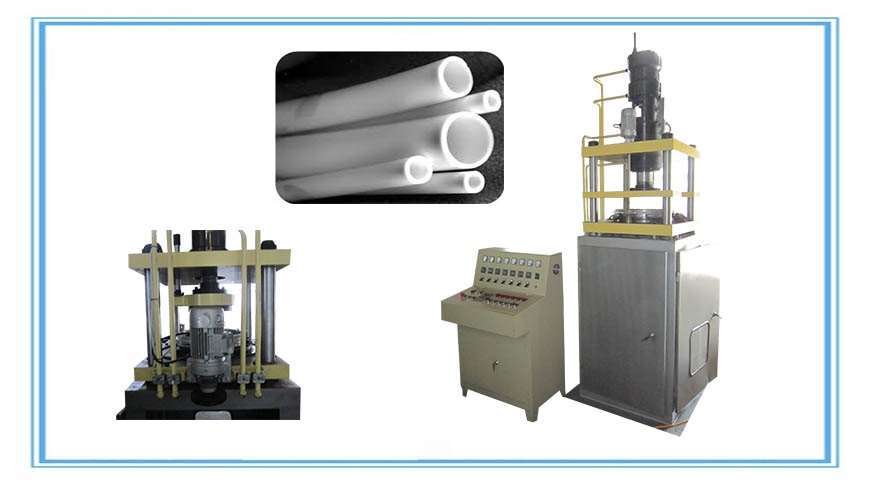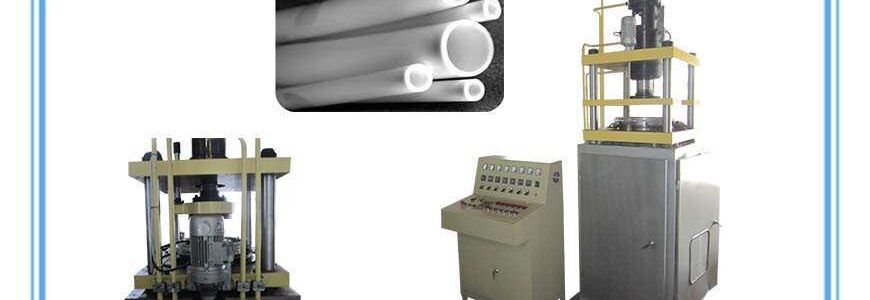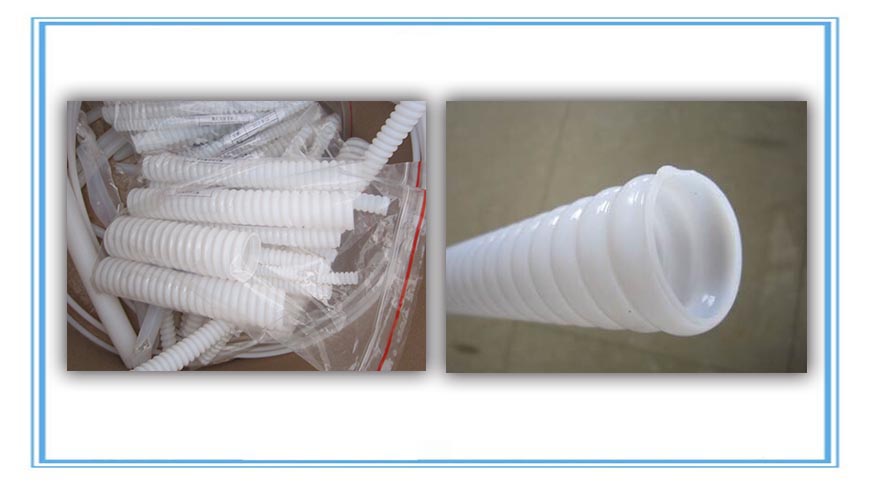Screw theory is the algebra and calculus of pairs of vectors, such as forces and moments and angular and linear velocity, that arise in the kinematics and dynamics of rigid bodies. The mathematical framework was developed by Sir Robert Stawell Ball in 1876 for application in kinematics and statics of mechanisms (rigid body mechanics).
Screw theory provides a mathematical formulation for the geometry of lines which is central to rigid body dynamics, where lines form the screw axes of spatial movement and the lines of action of forces. The pair of vectors that form the Plücker coordinates of a line define a unit screw, and general screws are obtained by multiplication by a pair of real numbers and addition of vectors.
An important result of screw theory is that geometric calculations for points using vectors have parallel geometric calculations for lines obtained by replacing vectors with screws. This is termed the transfer principle.
Screw theory has become an important tool in robot mechanics, mechanical design, computational geometry and multibody dynamics. This is in part because of the relationship between screws and dual quaternions which have been used to interpolate rigid-body motions. Based on screw theory, an efficient approach has also been developed for the type synthesis of parallel mechanisms (parallel manipulators or parallel robots).
A spatial displacement of a rigid body can be defined by a rotation about a line and a translation along the same line, called a screw displacement. This is known as Chasles’ theorem. The six parameters that define a screw displacement are the four independent components of the Plücker vector that defines the screw axis, together with the rotation angle about and linear slide along this line, and form a pair of vectors called a screw. For comparison, the six parameters that define a spatial displacement can also be given by three Euler Angles that define the rotation and the three components of the translation vector.
A screw is a six-dimensional vector constructed from a pair of three-dimensional vectors, such as forces and torques and linear and angular velocity, that arise in the study of spatial rigid body movement. The components of the screw define the Plücker coordinates of a line in space and the magnitudes of the vector along the line and moment about this line.



